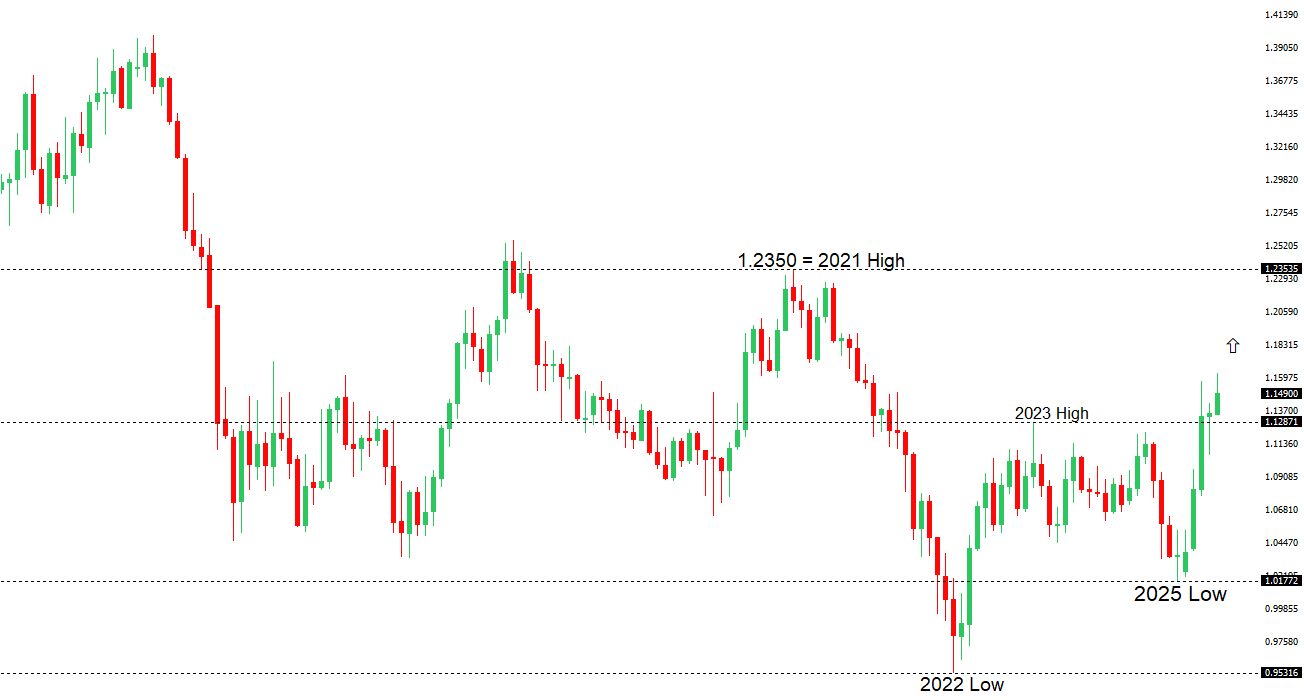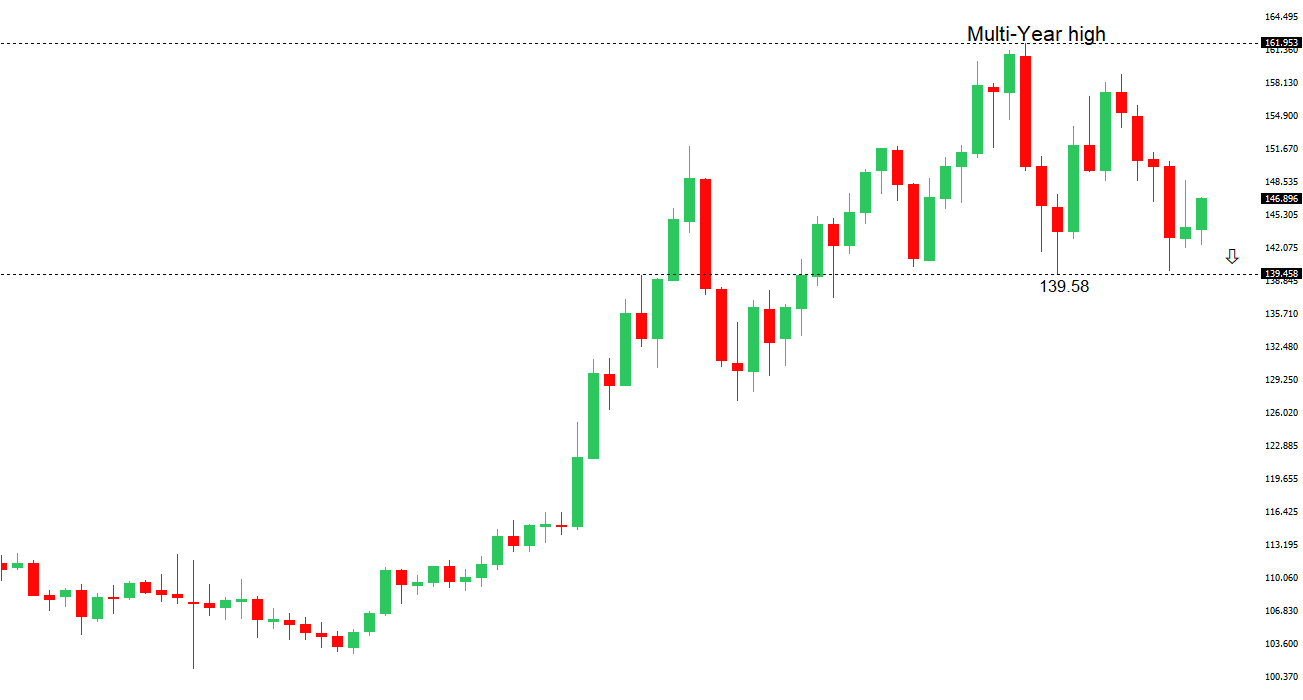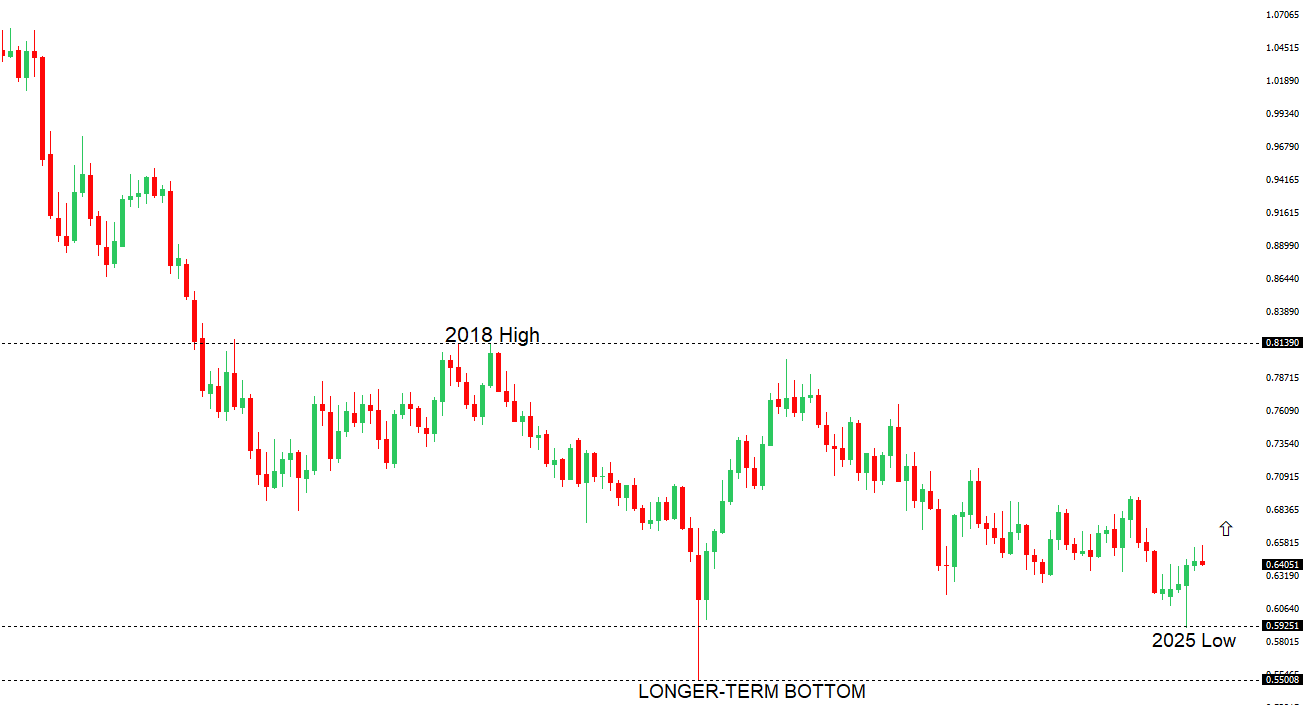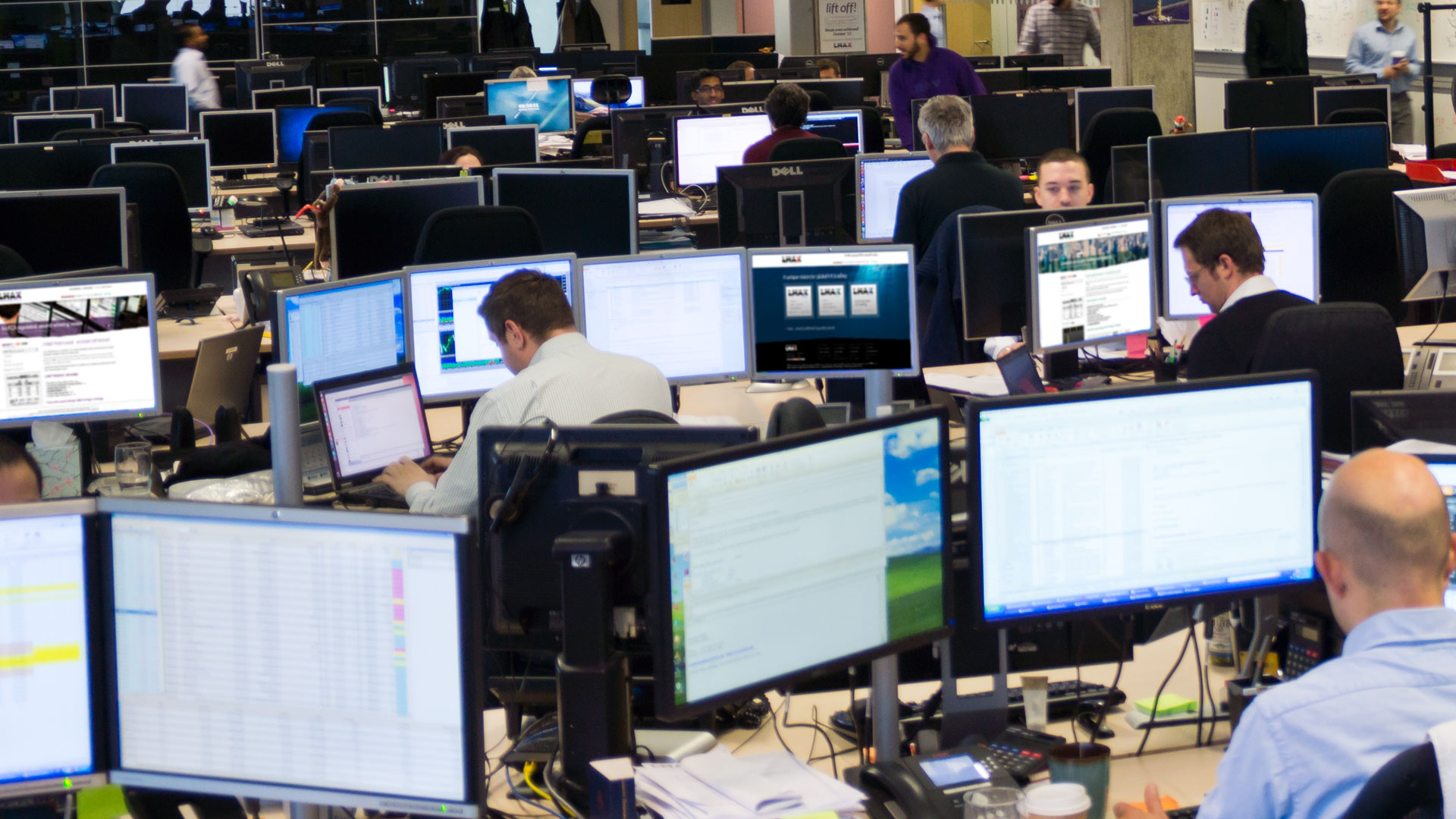 | ||
| 24th June 2025 | view in browser | ||
| Ceasefire hope fuels uptick in risk appetite | ||
| President Trump announced a ceasefire between Israel and Iran on social media, though Iran’s Foreign Minister denied a formal agreement, stating attacks would stop if Israel ceased aggression by 4 am Tehran time. | ||
| Performance chart 30day v. USD (%) | ||
 | ||
| Technical & fundamental highlights | ||
| EURUSD: technical overview | ||
| The Euro has finally broken out from a multi-month consolidation off a critical longer-term low. This latest push through the 2023 high lends further support to the case for a meaningful bottom, setting the stage for a bullish structural shift and the next major upside extension targeting the 2021 high at 1.2350. Setbacks should be exceptionally well supported below 1.1000. | ||
 | ||
| R2 1.1632 - 12 June/2025 high - Strong R1 1.1600 - Figure - Medium S1 1.1373 - 10 June low - Medium S2 1.1210 - 29 May low - Strong | ||
| EURUSD: fundamental overview | ||
| Recent weak US economic data and dovish comments from Federal Reserve officials have increased expectations for US rate cuts in late 2025, while the ECB, after eight rate reductions, suggests its easing cycle may slow as euro-area inflation nears 2% and unemployment stays low. ECB President Christine Lagarde emphasized a flexible, data-driven approach to policy amid high uncertainty, noting that a weaker dollar due to US policies could bolster the euro. Germany’s June IFO Business Climate index, expected to rise slightly to 88.0, may signal a gradual economic recovery, though businesses remain cautious, and any setback could heighten calls for more policy support. | ||
| USDJPY: technical overview | ||
| There are signs of a meaningful top in place after the market put in a multi-year high in 2024. At this point, the door is now open for a deeper setback below the 2024 low at 139.58 over the coming weeks, exposing a retest of the 2023 low. Rallies should be well capped below 150.00. | ||
 | ||
| R2 148.65 - 12 May high - Medium R1 148.03 - 23 June high - Medium S1 144.32 - 18 June low - Medium S2 142.79 - 13 June low - Medium | ||
| USDJPY: fundamental overview | ||
| Rising oil prices, triggered by U.S. strikes on Iranian nuclear sites, have hit Japan’s economy hard, as the country relies heavily on Middle Eastern energy imports, dampening expectations for Bank of Japan rate hikes. For the yen to rebound, Japan needs a favorable U.S.-Japan trade deal and a significant drop in oil prices, which already seems like it’s happening with reports of Iran agreeing to a U.S.-proposed ceasefire. Japan’s tariff negotiator, Ryosei Akazawa, is set to visit the U.S. on June 26 to discuss tariffs on Japanese automobiles, potentially boosting yen optimism. Meanwhile, a recent 20-year Japanese Government Bond auction showed solid demand with a bid-to-cover ratio of 3.11, though market concerns linger about upcoming longer-term bond sales due to the Ministry of Finance’s plans to cut debt issuance. | ||
| AUDUSD: technical overview | ||
| There are signs of the potential formation of a longer-term base with the market trading down into a meaningful longer-term support zone. Only a monthly close below 0.5500 would give reason for rethink. A monthly close back above 0.7000 will take the big picture pressure off the downside and strengthen case for a bottom. | ||
 | ||
| R2 0.6553 - 16 June/2025 high - Strong R1 0.6500 - Psychological - Medium S1 0.6373 - 23 June low - Medium S1 0.6344 - 24 April low - Strong | ||
| AUDUSD: fundamental overview | ||
| Iran’s missile attack on a Qatar airbase was intercepted, with no casualties, prompting Trump to thank Iran for the early warning and urge both Iran and Israel toward peace, signaling potential de-escalation. If the Israel-Iran conflict remains contained or shifts to diplomacy, markets may refocus on trade uncertainties, U.S. fiscal concerns, and capital rotation, likely resuming the dollar’s downtrend and supporting antipodean currencies like the Australian dollar. Australia’s May CPI is expected to ease to 2.3% from 2.4%, within the RBA’s 2-3% target, influencing the July rate decision with an 84% chance of a rate cut, though some economists suggest the RBA can remain patient due to low unemployment and inflation within target. | ||
| Suggested reading | ||
| No, Yet Again, Federal Reserve Did Not Cause the Depression, J. Tamny, Forbes (June 22, 2025) As He Prepares To Step Down, Buffett Leaves a Great Legacy, A. Bary, Barron’s (June 20, 2025) | ||


